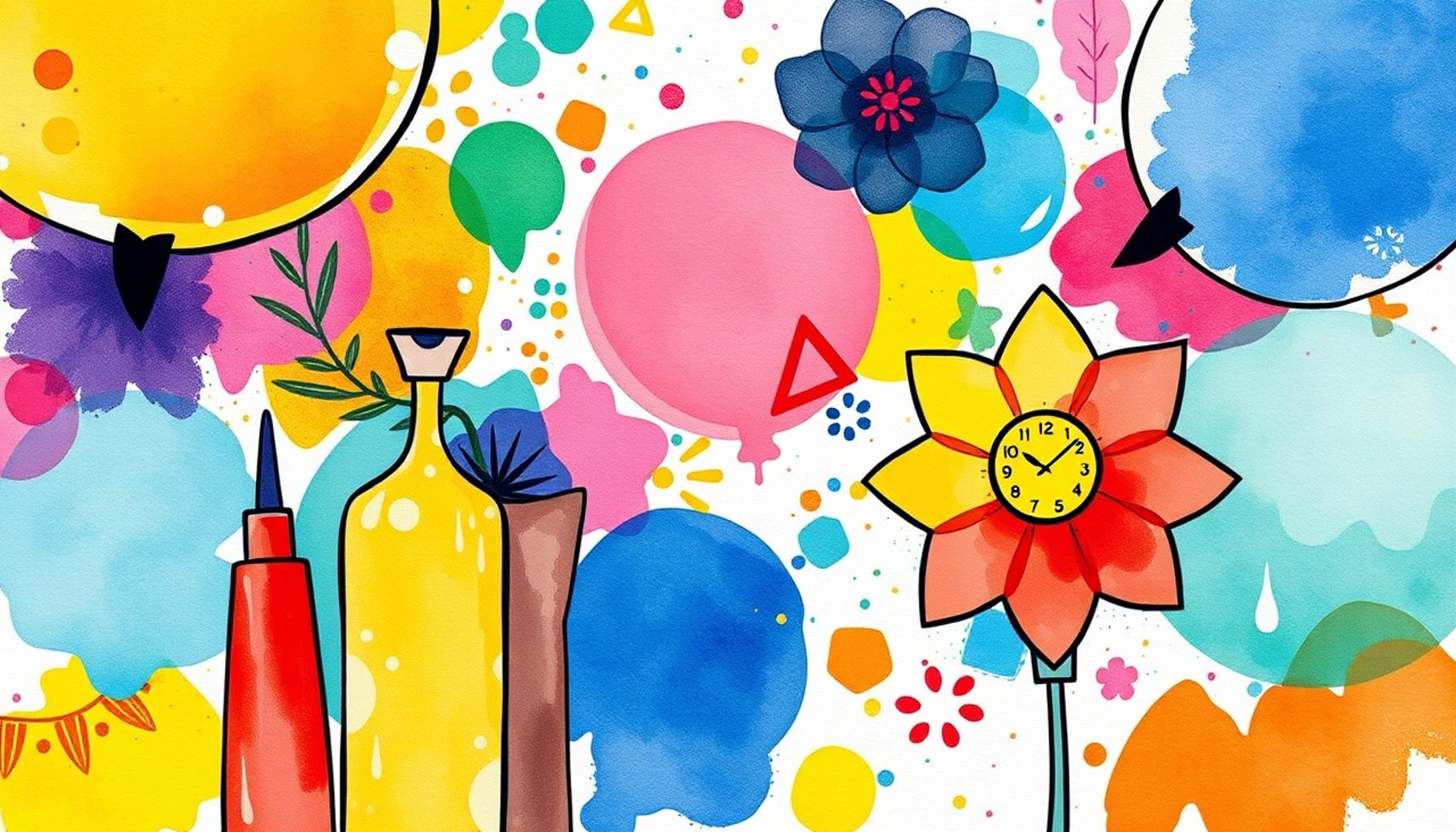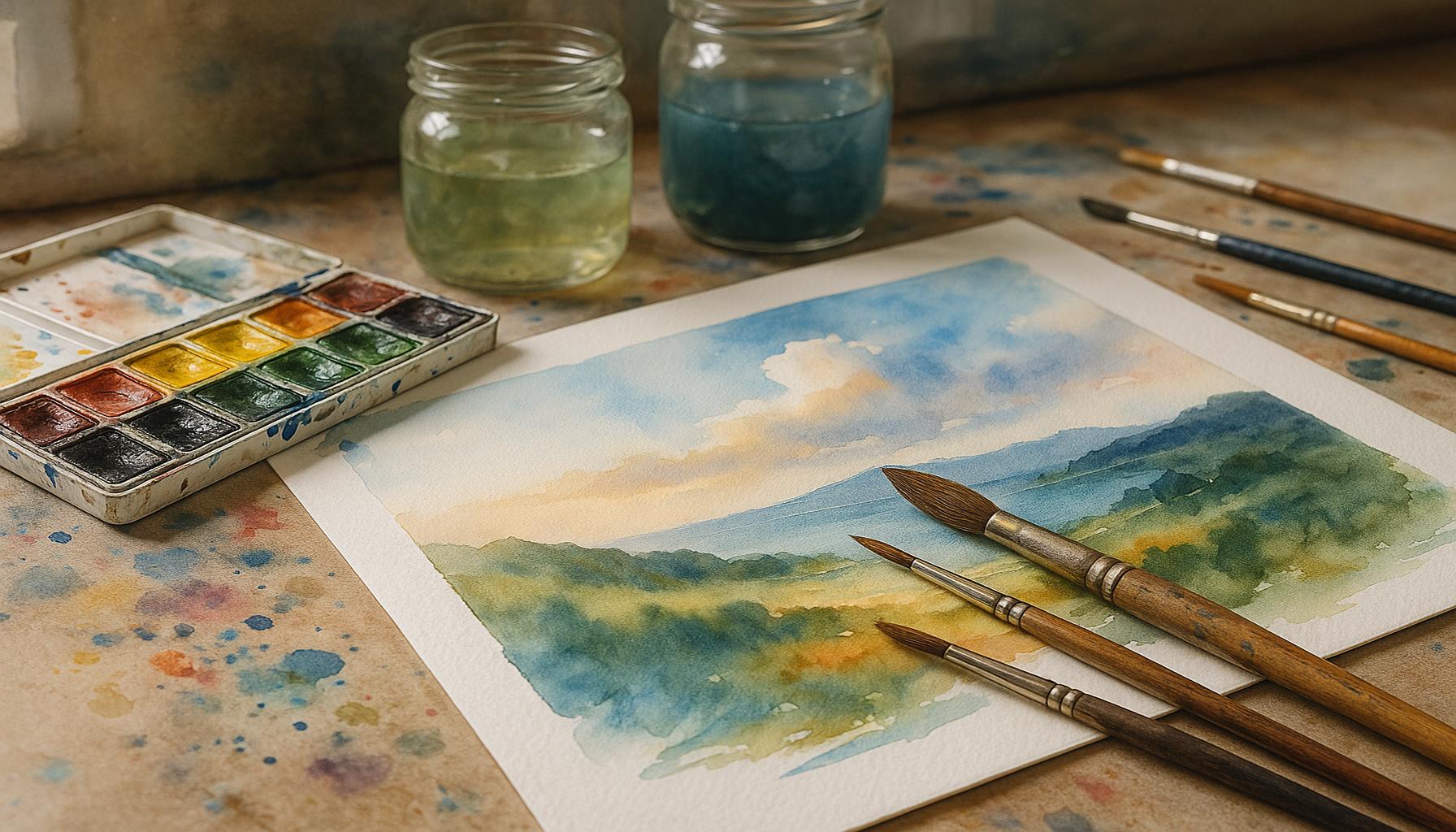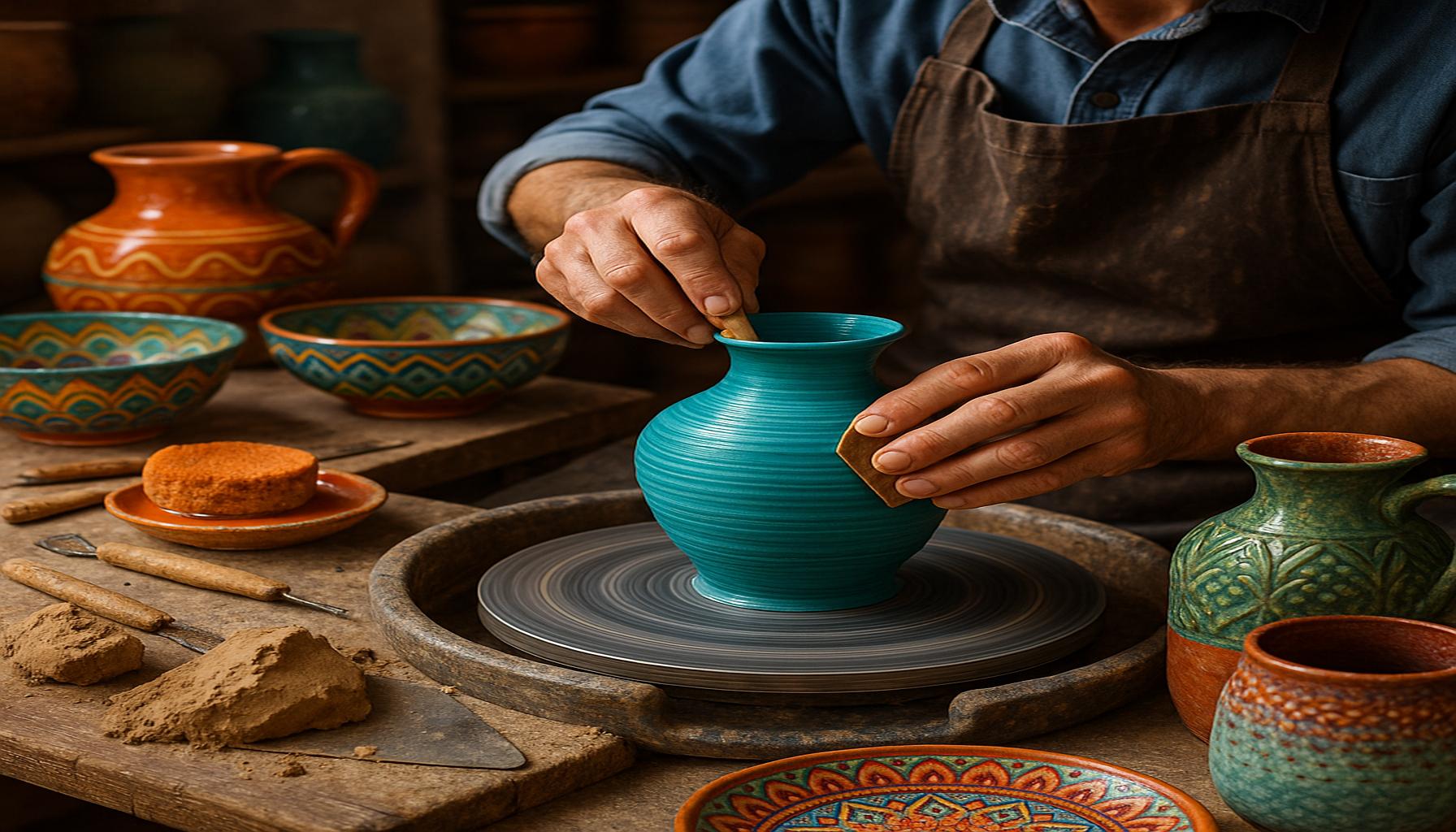The Role of Urban Art in the Transformation of Public Spaces: Graffiti as a Community Voice
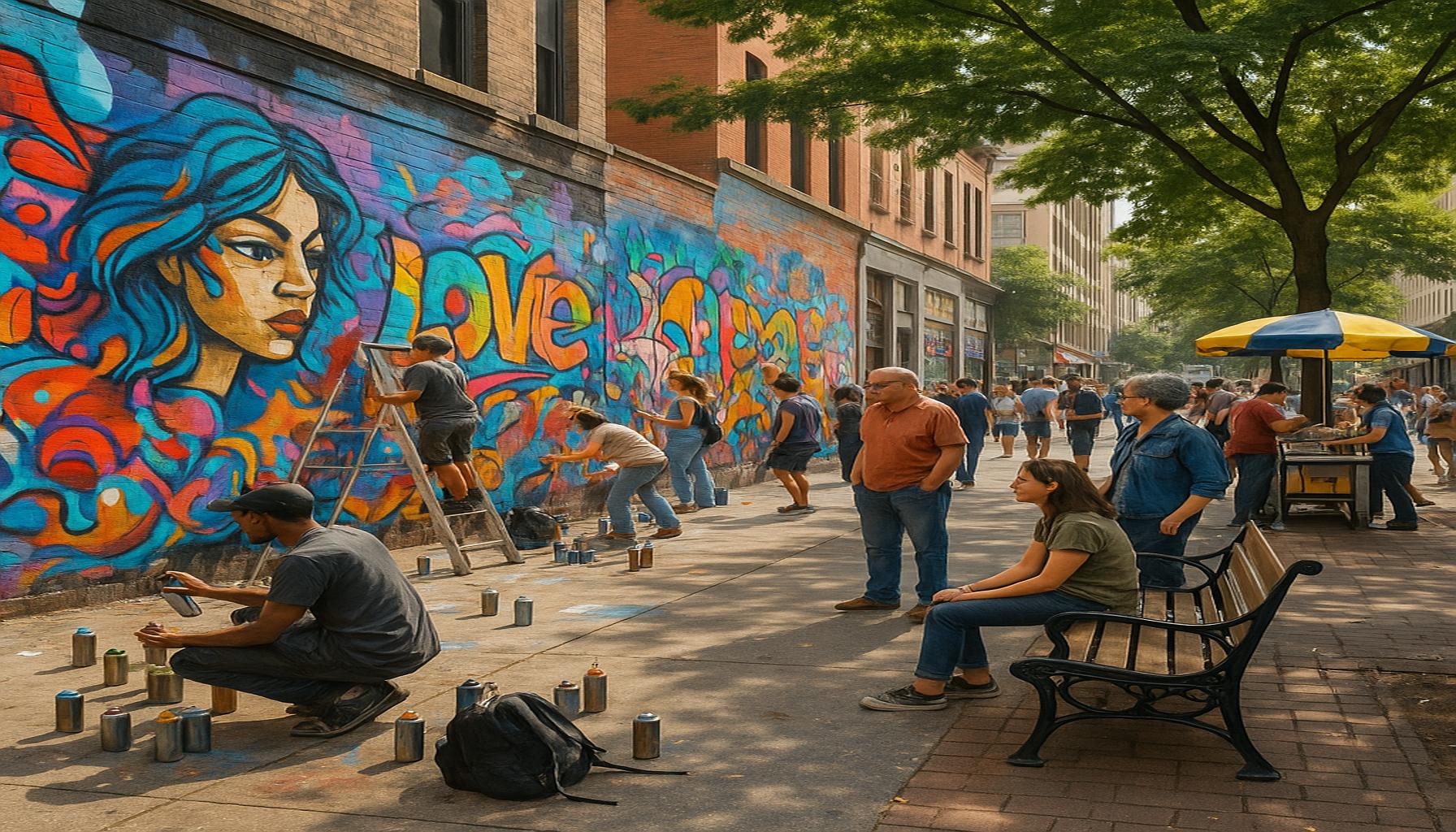
The Transformative Power of Urban Art
Urban art has emerged as a vital form of expression that resonates deeply within communities, with graffiti taking the lead in this movement. This spontaneous and often provocative art form breaks through conventional boundaries, transforming otherwise mundane public spaces into dynamic and thought-provoking canvases. Through graffiti, artists communicate their perspectives, reflect cultural narratives, and inspire change.
Why Graffiti Matters
The significance of graffiti extends beyond mere aesthetics; it plays a crucial role in conveying important social messages. Here are some key reasons why graffiti stands out in urban landscapes:
- Voice for the voiceless: For many marginalized communities, graffiti serves as an accessible means to articulate their struggles and aspirations. Messages about social injustice, inequality, and resilience can be found in the artwork on city walls. For instance, in neighborhoods like East Los Angeles, murals often depict the history of Chicano civil rights, empowering residents by reclaiming their narratives through art.
- Cultural reflection: Graffiti encapsulates the history and evolution of neighborhoods, serving as a visual diary of the community’s journey. In cities like Philadelphia, the Philadelphia Mural Arts Program showcases this heritage, with murals narrating local stories and celebrating diverse cultures, thus creating a deeper connection between residents and their surroundings.
- Public engagement: Urban art stimulates dialogue and invites participation. Community art projects, village walls adorned with collaborative murals, and graffiti art events draw residents and tourists alike, encouraging them to interact with the space. This engagement fosters a sense of ownership and pride among community members, as seen in the Wynwood Walls in Miami, where local artists showcase their work amidst a vibrant community atmosphere.
In cities across the United States, such as Philadelphia and Los Angeles, graffiti plays a pivotal role in not only revitalizing urban landscapes but also in fostering communal identity. Large-scale murals often address pressing social and political themes, transforming neglected areas into vibrant art districts that captivate both residents and tourists.
As communities grapple with complex issues like segregation, gentrification, and inequality, graffiti emerges as more than just a form of artistic expression; it becomes an instrument of change. The artwork on public walls often ignites discussions about community identity, social justice, and the future of urban spaces. When walls speak, they articulate the hopes and frustrations of countless individuals.
This article invites you to explore the profound significance of graffiti as a communal voice and its enduring impact on urban environments. What happens within these walls when art transcends the boundaries of traditional canvas? The answers lie in the vibrant stories etched into the fabric of our cities, waiting to be uncovered.
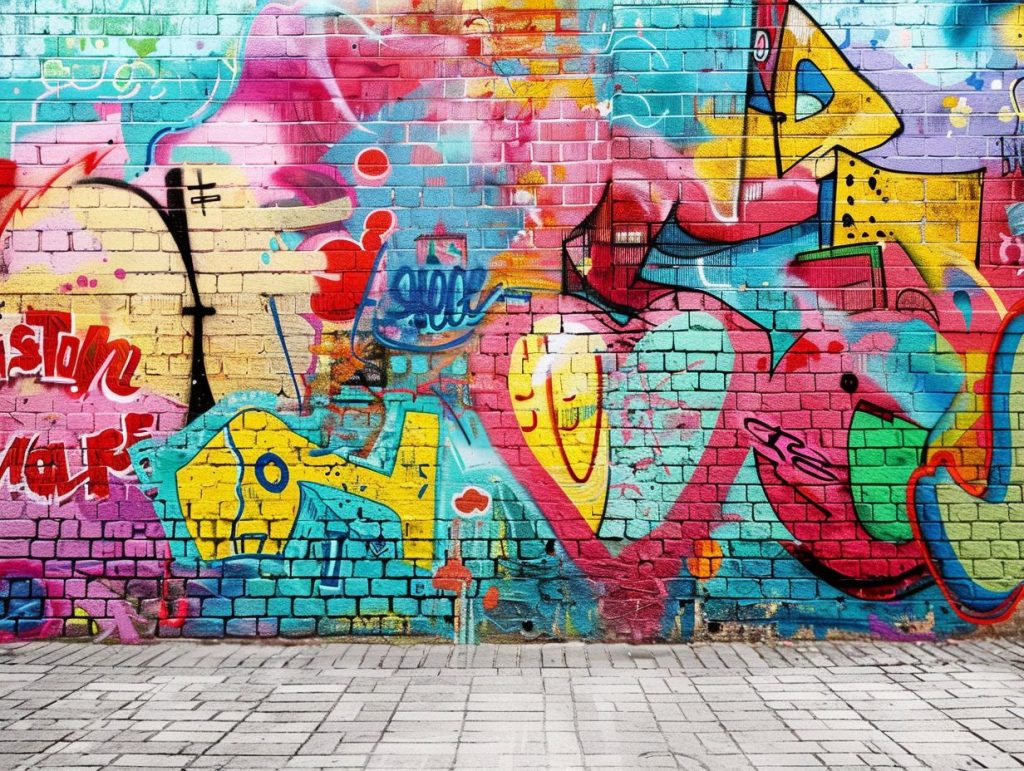
DISCOVER MORE: Click here to dive deeper
Graffiti as a Catalyst for Change
At its core, graffiti transcends the boundaries of traditional art forms, functioning as a vibrant medium through which communities express their collective identity. In an age where urban landscapes face rapid transformation, graffiti emerges as a poignant reflection of societal sentiments, capturing the essence of community voices often overlooked in mainstream discourse. The **transformational power of graffiti** lies not only in its visual impact but also in its capacity to inspire action and foster solidarity among residents.
Understanding the role of graffiti in public spaces requires a closer examination of its historical roots and its evolution in American cities. Once dismissed as mere vandalism, graffiti has gradually gained recognition as a legitimate form of urban art. Its origins can be traced back to the streets of New York in the late 1960s and early 1970s, where artists began tagging their names and messages as a form of rebellion against systemic issues. Today, this art form has evolved, and cities like San Francisco, New York, and Chicago have embraced graffiti as an integral aspect of cultural expression.
One of the most compelling aspects of graffiti is its ability to serve as a platform for local communities to voice their concerns and aspirations. This form of artistic expression is inherently participatory; it invites everyone to engage and interact, whether through a spray can or a simple appreciation of the art itself. Here are several ways in which graffiti fulfills this vital role:
- Promotion of social justice: Many artists use graffiti to address systemic injustices, drawing attention to issues such as racial inequality, police brutality, and economic disenfranchisement. In cities like Minneapolis, murals commemorating George Floyd have become powerful symbols of the Black Lives Matter movement, resonating with local and global audiences alike.
- Community storytelling: Local artists frequently weave narratives that reflect their neighborhood’s history and culture into their works. Murals portraying historical events or cultural icons foster a sense of belonging and pride. For instance, in Harlem, murals celebrating figures like Langston Hughes and Malcolm X not only beautify the space but also educate residents and visitors about the rich African American heritage of the area.
- Encouraging dialogue and interaction: Graffiti often acts as a conversation starter within communities, prompting discussions on pertinent social issues. Interactive projects, where residents contribute to mural creation, further embed a collective sense of ownership. Events like the **Philly Free Streets**, held in Philadelphia, capitalize on this community engagement, allowing urban artists to collaborate on temporary installments that reflect collective hopes for the future.
The rising acceptance of graffiti in urban landscapes is not without its challenges. As cities gentrify, the narratives expressed in graffiti can sometimes clash with new developments that prioritize commercial interests over cultural heritage. This tension underscores the importance of recognizing graffiti not just as art but as a vital component of community identity and resistance. Graffiti shapes the way residents view their neighborhoods and can act as a catalyst for broader discussions on urban planning and social equity.
As we delve deeper into the multifaceted role of graffiti in urban environments, we begin to uncover the complexities surrounding public art’s ability to reflect and shape community values, identities, and aspirations. The following sections will explore specific case studies of urban art movements, touching on how they amplify community voices and transform public spaces into vibrant expressions of local culture.
Urban art, especially graffiti, stands as a formidable form of expression, invigorating public spaces and giving voice to communities often marginalized. As cities evolve, the integration of graffiti has shown profound implications, not only on an aesthetic level but also in fostering social cohesion. This dynamic form of art acts as a platform for dialogue and community identity, transforming neglected areas into vibrant canvases.One of the most notable aspects is how graffiti serves as a catalyst for community engagement. Local artists often collaborate with residents, infusing their creations with the unique narratives and cultural knowledge that reflect the essence of the community. This engagement not only promotes a sense of ownership but also encourages conversations around important social issues, making graffiti a significant community voice. When executed thoughtfully, it cultivates an inclusive environment that captures the attention of residents and visitors alike, reinforcing the identity of the area.Moreover, the transformation of disused spaces into urban canvases has positive economic implications. Areas adorned with eclectic murals attract tourists, art enthusiasts, and locals seeking authentic experiences. This influx can lead to revitalization, with small businesses and cultural hubs flourishing around these artistic centers. As noted in various studies, locations known for vibrant street art often report increases in foot traffic, providing a boon for local economies. In this light, graffiti does not merely exist as a visual element but emerges as a vital component of urban regeneration. It challenges perceptions of public space by pushing boundaries and questioning the status quo, all while establishing an artistic dialogue between artists, the community, and the urban landscape. The impact of graffiti transcends its immediate visual appeal; it represents a movement toward the reclamation and reinvention of public spaces, ultimately shaping the cultural fabric of cities. As urban environments continue to grow, the role of urban art will likely expand, prompting designers, planners, and community leaders to reexamine how they integrate these expressive forms into city spaces. The conversation surrounding graffiti as a community voice is crucial to understanding its evolving role in shaping not just the physical landscape but also the social and cultural narratives that define urban life.
DIVE DEEPER: Click here to learn about the power of collaboration in music
The Impact of Urban Art on Community Engagement
The transformative influence of graffiti extends beyond mere aesthetics; it plays a critical role in fostering community engagement and involvement. Urban art serves as a bridge between diverse groups, facilitating interaction and connection among residents. The act of creating and experiencing graffiti equips individuals with a sense of agency and belonging, encouraging them to take pride in their local surroundings. Through this participatory process, graffiti reshapes public spaces into inclusive venues for dialogue, reflection, and community spirit.
In numerous cities across the United States, grassroots initiatives have emerged to promote urban art as a symbol of community empowerment. Programs like Art for Justice seek to engage local artists to create murals that tackle social challenges and reflect the aspirations of the communities they represent. By inviting artists to collaborate with residents, these efforts cultivate a sense of ownership and accountability, with artists becoming advocates for local concerns. For instance, in the Bronx, artists have collaborated with neighborhood organizations to reclaim abandoned spaces, transforming them into vibrant murals that tell the stories of the community’s rich heritage.
Moreover, graffiti can significantly contribute to urban revitalization, breathing new life into neglected areas. Areas once characterized by decay and disinvestment have witnessed a remarkable resurgence due to bold, colorful murals that attract visitors and stimulate economic development. The Bushwick Collective in Brooklyn is a prime example of this phenomenon. Originating from the desire to beautify the neighborhood and provide artists a platform to showcase their work, the Collective has transformed Bushwick into a must-visit destination for street art enthusiasts. Local businesses benefit from increased foot traffic, while residents enjoy a renewed sense of pride in their environment.
Importantly, graffiti also empowers marginalized voices that may feel constrained by conventional means of expression. In communities historically overshadowed by socioeconomic disparities, graffiti becomes a powerful tool for advocacy. For example, initiatives like the Street Art for Mankind program have highlighted the work of women and people of color, amplifying their perspectives and expanding public understanding of the socio-political landscape. By showcasing art that represents the voices of the underrepresented, these projects challenge the dominant narratives often perpetuated in mainstream media.
Another noteworthy aspect is the role of educational programs that utilize graffiti as a teaching tool. Workshops and classes, often aimed at at-risk youth, teach artistic skills while encouraging critical thinking about social issues. Programs such as Graffiti 101 in Los Angeles offer young artists the opportunity to refine their craft while discussing themes such as identity, history, and community responsibility. When paired with community engagement, these educational initiatives go a long way toward fostering understanding, respect, and admiration for graffiti as not just an art form but a vital community asset.
As graffiti continues to carve out its place in the ever-evolving urban landscape, its potential to drive social change cannot be overestimated. By mobilizing community engagement, revitalizing neglected spaces, and amplifying diverse voices, graffiti acts as both a mirror and a catalyst for communities. The ongoing conversation around graffiti and its significance reveals a broader narrative of resilience, empowerment, and the importance of public art in urban environments.
DISCOVER MORE: Click here to unlock your imagination
Conclusion: Graffiti as a Voice of Community Transformation
The dynamic realm of urban art, particularly graffiti, has proven to be much more than mere decoration of our cities; it is an essential vehicle for community expression and a catalyst for transformation. Through compelling murals and vibrant street art, neighborhoods have witnessed a rejuvenation, encouraging a renewed sense of identity and ownership among residents. The cultural significance of graffiti allows for a rich tapestry of narratives to emerge, showcasing the diversity and resilience of communities and addressing pressing social issues that often go unnoticed.
Moreover, as evidenced by initiatives like the Bushwick Collective and Street Art for Mankind, urban art fosters connections among residents, bridging cultural divides and empowering marginalized voices. These projects not only beautify neglected spaces but also engage local communities in dialogue, stimulating both economic and social revitalization. Educational programs reinforce this narrative by harnessing the creative potential of young individuals, providing them with skills and encouraging critical thought about their surroundings.
As graffiti continues to shape our urban landscapes, it is critical for cities to recognize its potential as a tool for social change and community engagement. This evolving conversation around urban art challenges prevailing perceptions of graffiti as vandalism, nudging society towards a deeper appreciation for its role in affirming identity, evoking change, and enriching public spaces. In recognizing graffiti as a community voice, we open avenues for collaboration, fostering environments that respect artistic expression and embrace the narratives that define us.

